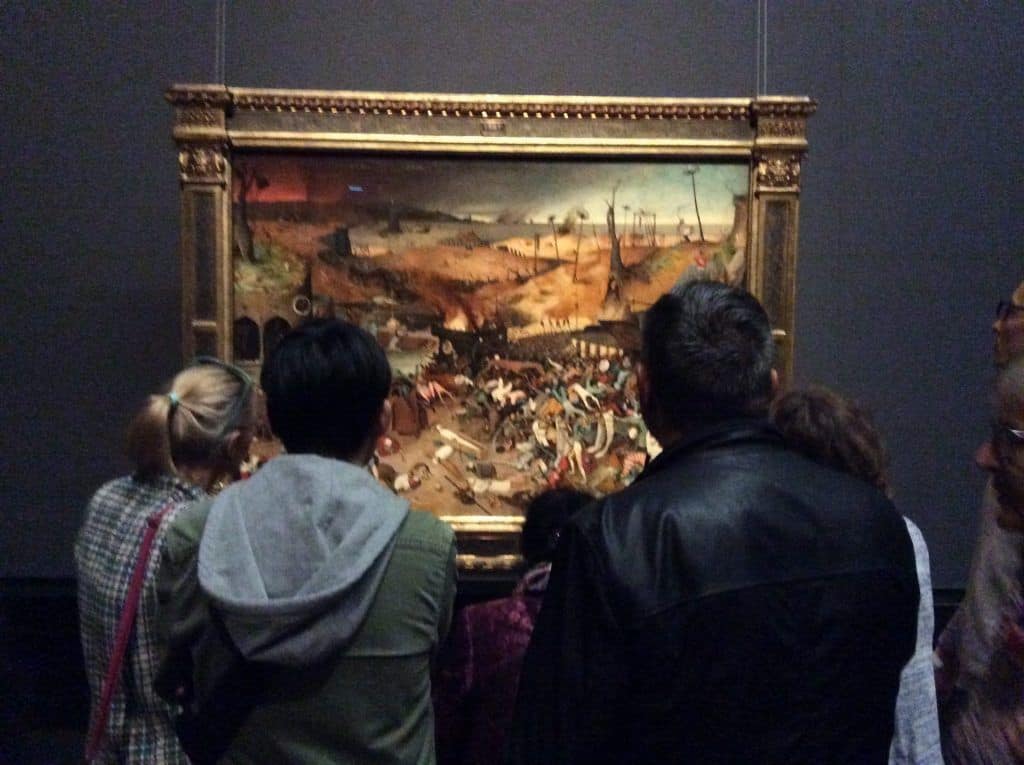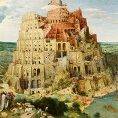Museum of Art History: the most prominent Fine Arts Museum in Austria
Kunsthistorisches Museum Vienna
Collections of European art of worldwide significance
The Vienna Museum of Art History is certainly one of the most important classical European art museums in the world. Popular ratings regularly place it in the “top five” or “top three” of the world’s art collections. It is worth visiting not only for true art lovers but also for those who do not want to miss out on one of Vienna’s most visited tourist attractions.
The building as an ideal place of enlightenment



Few buildings in the world deserve the title “temple of arts” more than the Vienna Museum of Art History. The building itself highlights the importance of this place using recognisable details from architectural masterpieces of the past. The refined combination of columns, domes, oculus and staircases produces the desired psychological effect — every visitor is in awe as soon as they cross the threshold.
The best art of each epoch was collected here. But not so much for the pleasure of the viewer as for their enlightenment. This is why a statue of Athena, the ancient Greek goddess of wisdom, crowns the central dome of the museum. To further illustrate the idea that knowledge and prosperity go hand in hand, the interiors of the museum are made with refined abundance and precious materials, invariably causing wonder for even the most hardened consumers of culture. Only the very best artists were granted the privilege of participating in the museum’s decoration. The murals by Gustav Klimt in the museum’s stair house are now almost as famous as the collection of Peter Bruegel the Elder. It is no wonder that in recent years the front entrance area has become a popular spot for spectacular selfies by exhibition visitors.
Collections
Picture gallery
This collection of paintings, primarily by Renaissance and Baroque artists, is one of the most significant in the world. According to the traditional art historical division, the paintings of the Northern European masters are presented in one wing, while those by Italian, Spanish and French artists are presented in the othepic



In the galleries of Northern art you will find paintings by Dürer, Altdorfer, Bruegel, Bosch, Vermeer and Rembrandt, and in the “southern wing” you’ll see the canvases of Titian, Giorgione, Raphael, Caravaggio, Poussin and Velazquez.
Antiques
As with any museum representing Eurocentric art history, there is also an extensive collection of Ancient Egyptian and Middle Eastern artefacts. And although the collection of Ancient Greek and Roman artefacts is not large, according to the principle “klein, aber fein” — “small, but magnificent” — it consists almost entirely of masterpieces.




The collection of Roman glyptics is one of the unquestionable highlights. The number of works of such rarity and artistic quality in the whole world can be counted on your fingers.
Kunstkamera
A quarter of all exhibition rooms are devoted to the objects of the Kunstkammer: the “room of curiosities”, which can be considered the origin of a museum in a modern sense. Here you’ll find a collection of valuable jewellery, tableware and scientific instruments. Each of them can be called unique, precious and highly original. You might think that it would be more suitable to display these exhibits in a separate museum. But do you remember Athena on the roof? The Goddess of Wisdom is also the patroness of crafts.
But pure art — like the paintings by Raphael and Bruegel, which we now contrast with the utilitarian objects of the Kunstkammer — acquired this prestigious status relatively recently. It may pay to visit the Kunstkammer, even if you are not a devotee of charming shiny little things. Here you can better see the relationship between art and crafts; the joint work of creative thought and skilled hands. In today’s world, the brilliant result of such a relationship is rarely seen so clearly anywhere.



Numismatic Cabinet
On the top floor is a collection of coins and medals. It does not boast of a volume that flares the imagination. But if you’ve always wanted to know where the saying “rich as Croesus” comes from, you’ll find the artefacts from this story in the collection. However, as with many other legends and facts from antiquity, the Middle Ages and up to the early modern period.
Exhibitions
Even with the most brilliant collection, a museum cannot function today without high-profile exhibitions attracting visitors or news coverage. Titian and Rembrandt, therefore, have to squeeze out several times a year to make room for another temporary exhibition. Expositions of recognised stars (Velázquez in 2016, Rubens in 2017, Bruegel in 2018, Caravaggio and Bernini in 2019) are always of high interest to the public. If you wish to visit a blockbuster exhibition you should schedule your visit for autumn.



Contemporary art projects are also not uncommon within these walls. From a conceptual perspective, the most interesting are interventions (for example, “The Form of Time” under the curatorship of Jasper Sharp) and chamber expositions, such as “Spitzmaus Mummy in a Coffin and other Treasures”, curated by Wes Anderson and Yuman Malov.
The Museum of Art History is an entire universe. There is a lot to see here for those who come to the museum for the first time, as well as for those who are already familiar with the museum. Every person in possession of curiosity and time will find enough material here for intellectual discoveries and emotional experiences.
Address: Maria-Theresien-Platz, 1010 Wien
Opening hours: daily exept Mo 10 am – 6 pm. Thu 10 am – 9 pm
June to August open every day.
Official website of the Vienna Museum of Art History
[Sassy_Social_Share]
You might also be interested:
.
You might also like:





